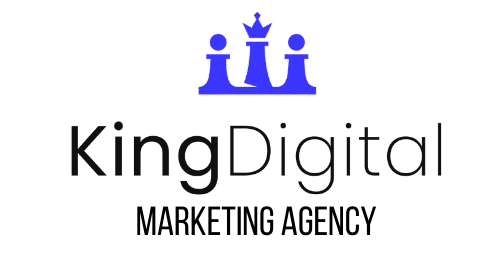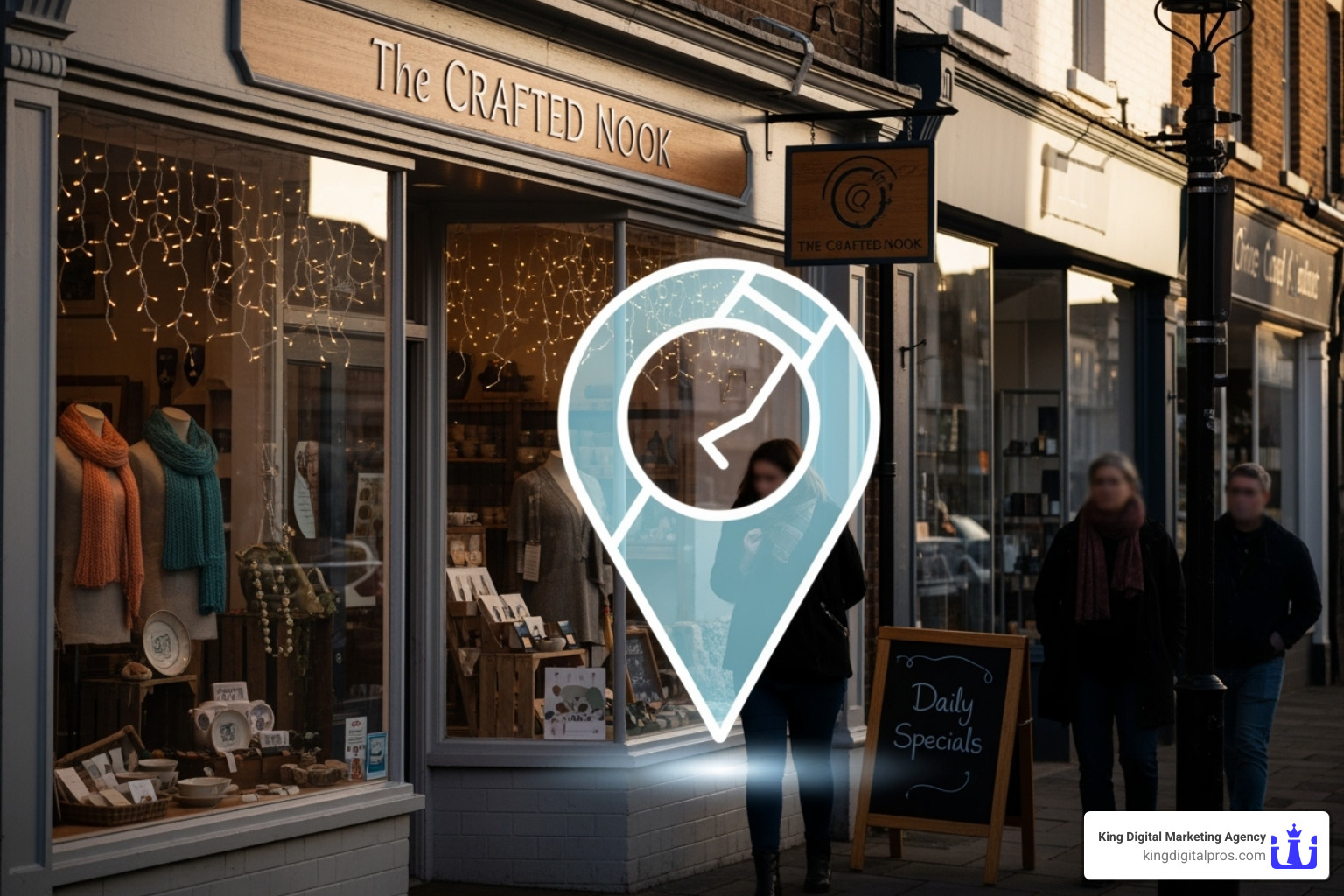Why “Near Me” Searches Demand More Than Just a Map Pin
For multi-location businesses, mastering local seo location pages is essential for connecting with customers actively searching nearby. These are not just contact pages; they are dedicated webpages for each physical location or service area, providing specific details like addresses, hours, and local services. They act as powerful signals to search engines, establishing your relevance for local queries and guiding customers directly to your door.
Consider the modern searcher. A query like “plumber near me” signals immediate intent. In fact, 76% of local mobile searches lead to a same-day store visit, and 88% of users visit a business within a week. This highlights the urgency of a strong local presence. To learn more about the fundamentals, Moz offers a comprehensive guide to local SEO.
Many businesses miss out on these high-intent searches because a basic contact page is insufficient. Effective local seo location pages provide rich, localized content that resonates with customers in each specific area, going far beyond a simple address.
As Bernadette King, founder of King Digital, I’ve built my career on changing digital presences through scalable online strategies. My expertise with local seo location pages has consistently driven sustainable growth for franchises and small businesses alike.
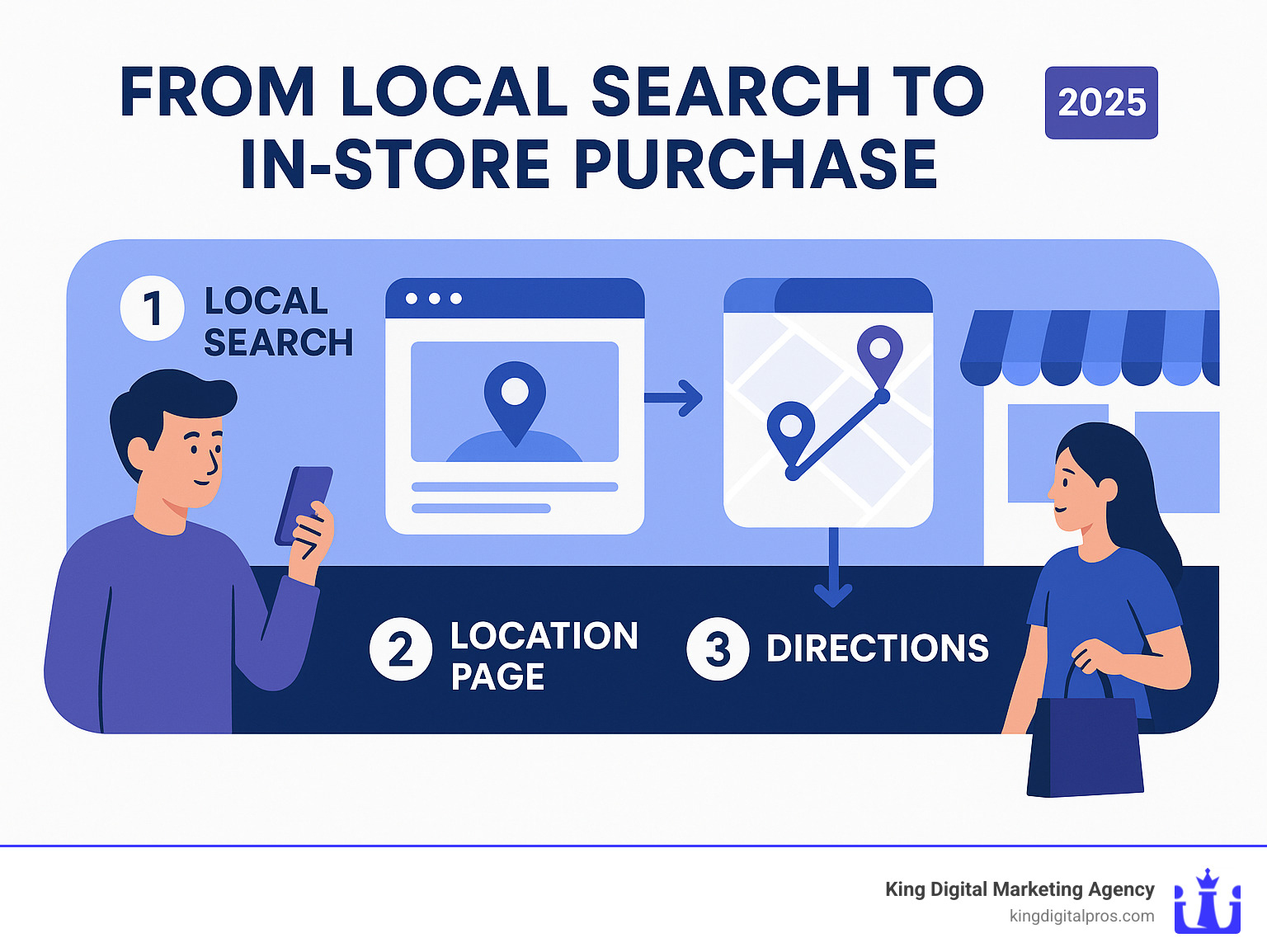
The Unmissable Benefits of Dedicated Location Pages
Well-crafted local seo location pages are a secret weapon for dominating local search. By creating a unique page for each community you serve, you tell search engines exactly where you belong, leading to several key advantages:
- Increased Local Visibility: Your business appears for highly specific searches like “dentist in downtown Phoenix,” reaching customers who are ready to buy.
- Higher Search Rankings: Strong location pages improve your organic rankings and boost your chances of appearing in the coveted Map Pack. Our guide on Google Local Search Optimization explores these strategies in depth.
- Complete Brand Control: Unlike a Google Business Profile, your location pages are entirely yours. You can showcase unique promotions, introduce local staff, and highlight what makes each location special.
- Improved Customer Experience: Visitors get location-specific information instantly, without hunting through your site. This streamlined experience leads to higher conversion rates and more foot traffic.
A location page is a comprehensive resource for a single business location or service area. It’s a foundational asset that includes rich, localized content like customer testimonials, staff bios, and location-specific photos, helping both users and search engines understand what makes each branch unique.
Gaining a Competitive Edge in Local SERPs
Local search is where small businesses can outmaneuver larger competitors. Local seo location pages are your ticket to this advantage. By targeting geo-specific keywords, you bypass the noise of national brands and connect directly with high-intent customers in your immediate area. Someone searching for “family lawyer near downtown Milwaukee” is ready to make a decision.
Dedicated pages build local authority, proving to search engines that you are genuinely invested in serving specific communities. This strategy allows you to rank in multiple markets simultaneously, effectively multiplying your online presence. Our work in Attracting Customers via Google Maps shows how powerful this localized approach can be.
The Anatomy of a High-Converting Location Page
Creating a successful local seo location page is like designing a perfect storefront window-it must attract attention, provide essential information, and invite people inside. The best pages are built on three key ingredients: rock-solid business information, genuinely local content, and smart on-page optimization.
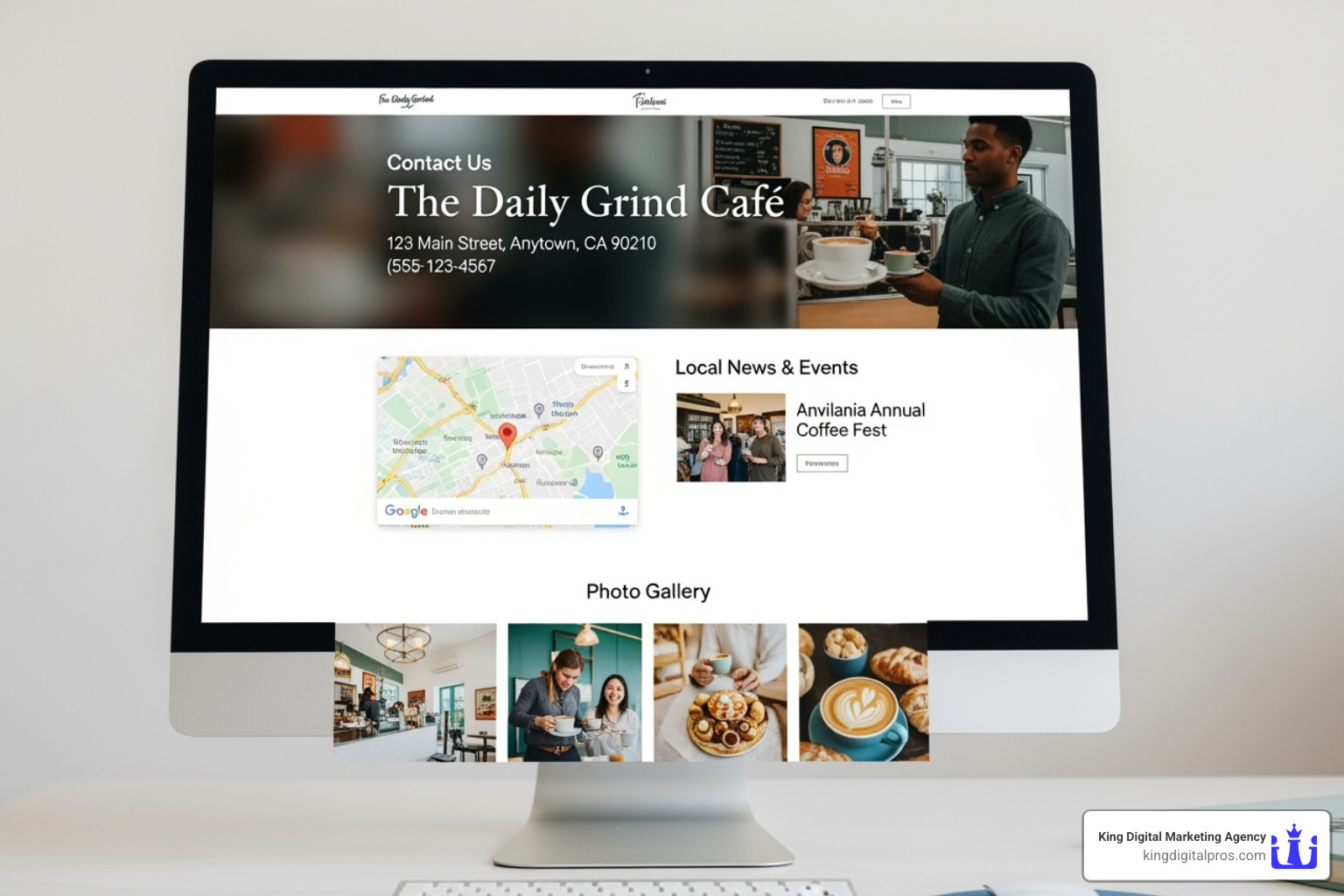
Core Business Information: The Non-Negotiables
Start with the foundation: your core business details. NAP consistency (Name, Address, Phone number) is critical. These details must match exactly across your website, Google Business Profile, and all other online directories. Inconsistencies frustrate customers and confuse search engines, hurting your rankings.
- Click-to-call phone numbers should be seamless on mobile.
- Business hours must be prominent and always up-to-date.
- An embedded Google Map is essential. Stick with the familiar interface; you can find instructions on how to embed a Google Map on your page.
- Provide driving directions from major roads and mention local landmarks. Don’t forget parking details-this simple information removes a major stress point for visitors.
Crafting Unique Content That Resonates Locally
This is where you can outshine the competition. Simply swapping city names in generic content won’t work. Aim for 40-60% unique content on each location page to avoid search engine penalties for “diluted-value content.”
- Location-specific photos and videos: Use real images of your premises and team, not stock photos. A virtual tour can also build familiarity and trust.
- Staff bios and team photos: Introduce the local manager and key team members. Highlighting their expertise adds a personal touch that builds trust.
- Local customer testimonials: Feature reviews from customers who visited that specific location. This social proof is more powerful because it’s relevant to the local community.
- Unique service offerings: Highlight any services or extended hours available only at that location.
- Local promotions and events: Show you’re an active part of the neighborhood fabric.
- Neighborhood details: Mention nearby landmarks and attractions. This demonstrates local knowledge and provides opportunities for location-specific keywords. Our expertise in Local SEO Keyword Research helps identify what your local customers are searching for.
- FAQ section: Answer real customer questions from your Google Business Profile Q&A or customer service team. This adds valuable, unique content while addressing genuine concerns.
On-Page SEO & Conversion Elements
Once you have great content, optimize it for search and conversions.
- Title Tag & Meta Description: Your title tag should include your primary keyword, city, and brand (e.g., “Plumbing Services in Edgewood, NM | King Digital Plumbing”). Keep titles under 60 characters and meta descriptions under 105 characters.
- Headings: The H1 should state the location and service (e.g., “Expert HVAC Repair in Sandia Park, NM”). Use H2s and H3s to organize content and include secondary keywords.
- Call-to-Action (CTA): Make your CTA impossible to miss. Place it above the fold and at logical points throughout the page. A key question is always, Is Your Website Converting?.
- Internal Links: Link to relevant service pages (e.g., from your Tijeras location page to your “Drain Cleaning” service page) to pass authority and keep users engaged.
- Image Alt Text: Use descriptive alt text for all images to improve accessibility and SEO.
Mastering Technical SEO for Local SEO Location Pages
Think of technical SEO as the foundation of your digital storefront. Without it, even the best content can go unseen. Since Google primarily uses the mobile version of your site for ranking, a flawless mobile experience is non-negotiable. If your page fails on a phone, you’re essentially invisible to most potential customers.
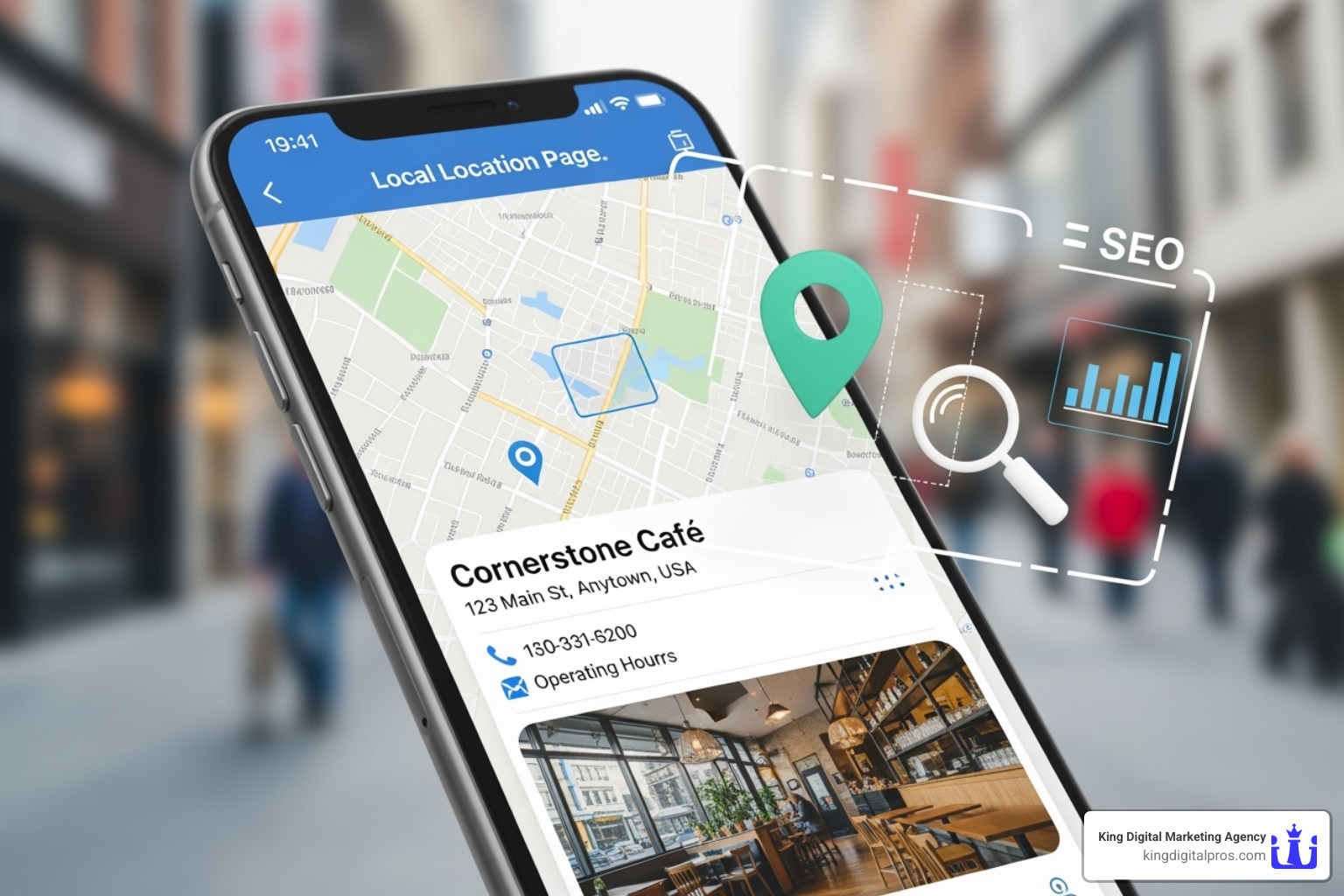
Building a Search-Friendly URL Structure
Your URL structure should be a clear address system for your site. Aim for clean, readable URLs that include your primary keyword and location, like yourdomain.com/locations/albuquerque.
For multi-location businesses, a geographic hierarchy is ideal (e.g., yourdomain.com/locations/new-mexico/albuquerque/). This structure helps search engines understand the relationship between your locations. It’s generally better to use subdirectories (/locations/) rather than subdomains (albuquerque.yourdomain.com) to consolidate your website’s authority. For help with this, partners like MetaLocator offer useful custom domain and URL options.
The Power of Schema Markup for Local SEO Location Pages
Schema markup is code that translates your page’s content for search engines. LocalBusiness schema is your secret weapon, explicitly telling Google that your page represents a physical business location. This removes ambiguity and helps Google confidently match your business to relevant local searches.
Properly implemented schema provides clear information on your business name, address, phone number, hours, and geographic coordinates. Key properties to include are address, telephone, openingHoursSpecification, geo, and review. Getting this right can open up rich snippets (like star ratings) in search results. Use the most specific schema type for your industry (e.g., “Dentist” instead of generic “LocalBusiness”). Google’s guide to LocalBusiness schema provides all the technical details.
Ensuring a Flawless Mobile Experience
With over half of web traffic coming from phones and Google’s mobile-first indexing, a perfect mobile experience is essential. Your location pages must be fully responsive, adapting to any screen size.
- Page Speed: Mobile users are impatient. Compress images, use lazy loading, and leverage browser caching to ensure your page loads in seconds.
- Tap-Friendly Design: Buttons and links must be large enough and spaced properly for easy tapping on touchscreens.
- Readability: Use clear fonts and adequate line spacing so content is easily readable on small screens without zooming.
Our SEO-Friendly Website Design services ensure your pages work flawlessly across all devices, converting visitors into customers.
Common Pitfalls and Critical Distinctions
Navigating local seo location pages can be tricky. One wrong turn can lead to Google penalties or make you invisible to customers. Let’s clarify some key distinctions and help you avoid common traps.
Location Pages vs. Geo Pages vs. Google Business Profiles
These three assets work together, but each has a distinct role. Understanding them is key to a successful local strategy.
| Feature | Location Pages (Website) | Geo Pages (Website) | Google Business Profile (GBP) |
|---|---|---|---|
| Purpose | Detailed info for a specific physical business location. | Targets a service area without a physical storefront (e.g., “plumber in Rio Rancho” if you don’t have an office there). | Official business listing for Google Search & Maps. |
| Ownership | Fully owned and controlled by your business. | Fully owned and controlled by your business. | Owned by Google; you manage the profile. |
| Content Control | Complete control over text, images, layout, CTAs. | Complete control; content describes service in an area. | Limited control; Google dictates display, pulls info from various sources. |
| Primary Ranking | Organic search results (below the 3-pack). | Organic search results (often more challenging to rank for without physical presence). | The “3-pack” (local pack) in search results and Google Maps. |
| Physical Address? | Yes, always for a physical location. | No physical address in that specific area. | Yes, for physical storefronts; service areas only for SABs. |
| Duplicate Risk | High if content isn’t unique across locations. | High if content is generic or mass-produced for many areas. | Less direct duplicate risk, but consistency with website NAP is vital. |
| Example | yourdomain.com/locations/albuquerque-nm/ |
yourdomain.com/plumbing/rio-rancho-nm/ |
Your business listing when you search “your business name Albuquerque NM” |
Your website’s location pages help you rank in organic search, while your Google Business Profile targets the local 3-pack. Our Google Business Listing Help ensures these elements work together seamlessly.
Costly Mistakes to Avoid with Your Location Pages
Steer clear of these common pitfalls that can derail your local SEO efforts:
- Duplicate Content: Avoid using a template and just swapping city names. Google penalizes this “diluted-value content.” Aim for at least 40-60% unique content per page.
- “Doorway Pages”: Don’t create mass-produced pages designed only to rank for specific keywords without offering real value. This violates Google’s policy on doorway pages.
- Orphaned Pages: Ensure every location page is linked from your main navigation or other relevant pages so search engines and users can find them.
- Inconsistent NAP Information: Your Name, Address, and Phone number must be identical everywhere online. Even minor differences (e.g., “St.” vs. “Street”) can dilute your local authority.
- Ignoring Customer Reviews: Reviews are digital gold for social proof and fresh content. Responding to all reviews, even negative ones, builds trust. Our Reputation Management Services can help you manage your online reputation effectively.
Tracking, Analyzing, and Improving Performance
Building great local seo location pages is just the beginning. To ensure long-term success, you must continuously monitor, analyze, and refine your strategy. Regular analysis helps identify what’s working and where improvements are needed, turning local searches into loyal customers.
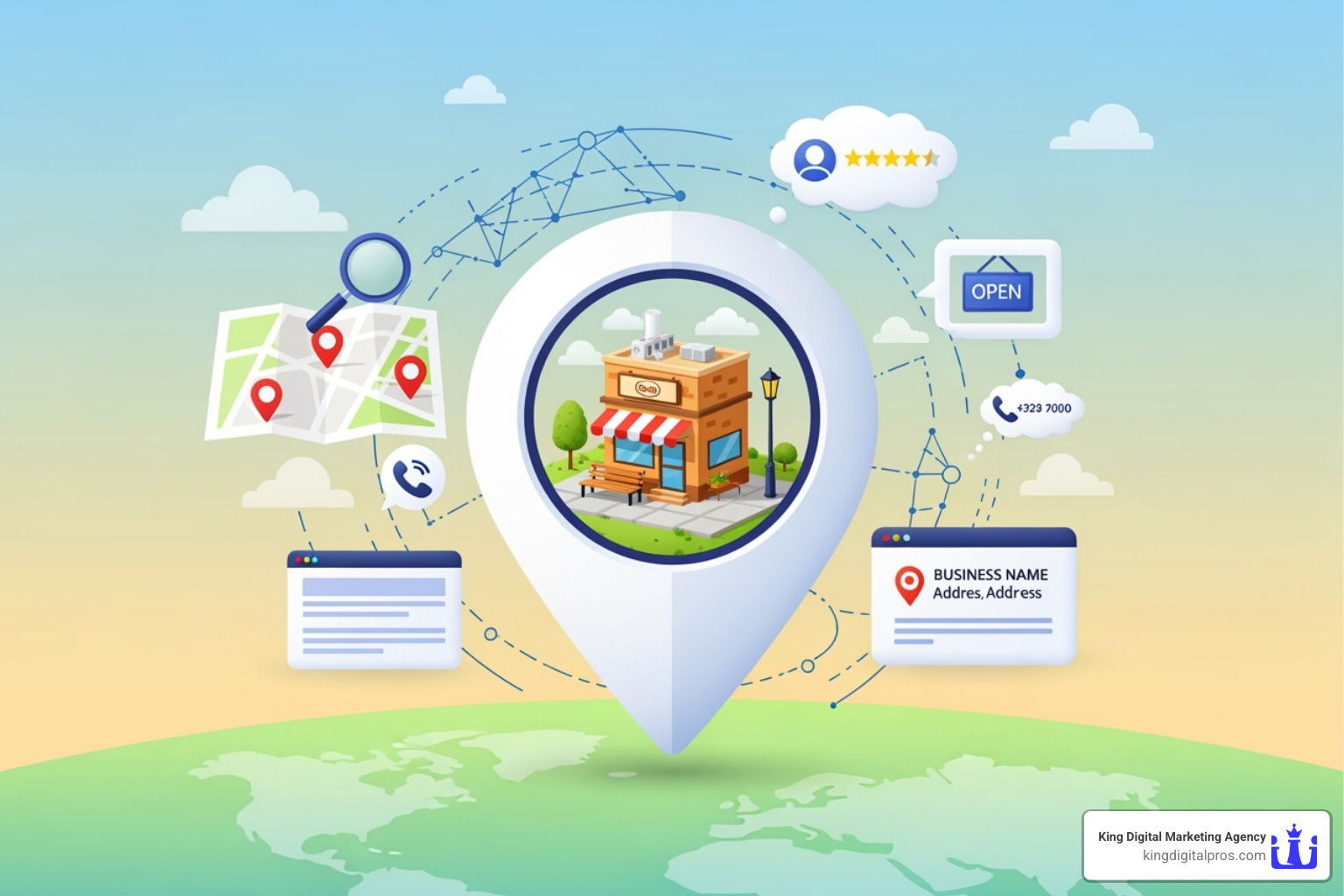
Key Metrics to Monitor for Success
Track these Key Performance Indicators (KPIs) to measure the success of your location pages:
- Organic Traffic: The number of visitors finding your pages from search engines. Growth indicates successful SEO.
- Keyword Rankings: Your position in search results for local queries like “auto repair Los Alamos NM.”
- Click-Through Rate (CTR): The percentage of people who click your page when it appears in search results. A high CTR suggests compelling titles and descriptions.
- Bounce Rate: The percentage of visitors who leave after viewing only one page. A high bounce rate may indicate a content mismatch or poor engagement.
- Conversions: The ultimate goal. Track actions like calls, form submissions, and clicks on direction buttons. Platforms like MetaLocator offer tracking actions with Powerful Analytics to gather these insights.
How to Continuously Improve Your Local SEO Location Pages
Local SEO is not a one-time task. The digital landscape is always changing, so your strategy must adapt.
- A/B Test CTAs: Experiment with different calls to action (e.g., “Call Now” vs. “Get a Free Quote”) to see what converts best for each location.
- Update Local Content: Keep content fresh by adding seasonal promotions or services. A landscaping business in Tijeras, NM, might feature snow removal in winter and lawn care in spring.
- Leverage GBP Insights: Use data from your Google Business Profile to refine keywords and content on your location pages.
- Respond to Q&As and Reviews: Engage with customer questions and reviews on your GBP to build trust and show you’re attentive.
- Stay Informed: Google’s algorithms evolve. Monitor trusted sources like Google Search Central and Moz’s Guide to Local SEO to ensure your strategies remain effective.
Conclusion: Turn Local Searches into Loyal Customers
We’ve covered why “near me” searches are so powerful and explored the anatomy of a high-performing local seo location page. It’s clear these pages are essential for any multi-location business aiming to thrive in today’s digital landscape.
Let’s recap the guiding principles for turning local searchers into loyal customers:
- Unique Content is King: Ditch the templates. Each location page should have a unique, local feel that shows you understand the community.
- Technical SEO is Crucial: Ensure your pages have clean URLs, proper schema markup, and a flawless mobile design so search engines can find and rank them.
- Maintain Consistency and Control: Use your website to craft your brand message and keep your Name, Address, and Phone number (NAP) perfectly consistent everywhere online.
- Accept Continuous Improvement: Local SEO is an ongoing process. Monitor performance, learn from data, and continually refine your approach.
Here at King Digital Marketing Agency, we specialize in helping businesses like yours shine online. We take these strategies-from optimizing your Google Business Profile to crafting compelling local seo location pages-and make them work for you. Our goal is to get your business seen in every neighborhood it serves, from Albuquerque to Taos, NM, turning local searches into a steady stream of customers.
Ready to dominate local search? Explore our expert SEO Services and find how we can put your business on the map, right where your next customer is looking.
